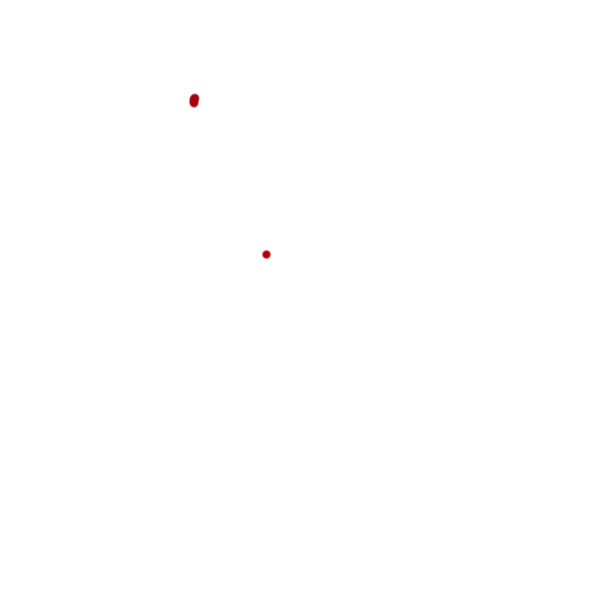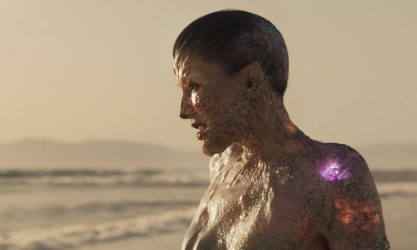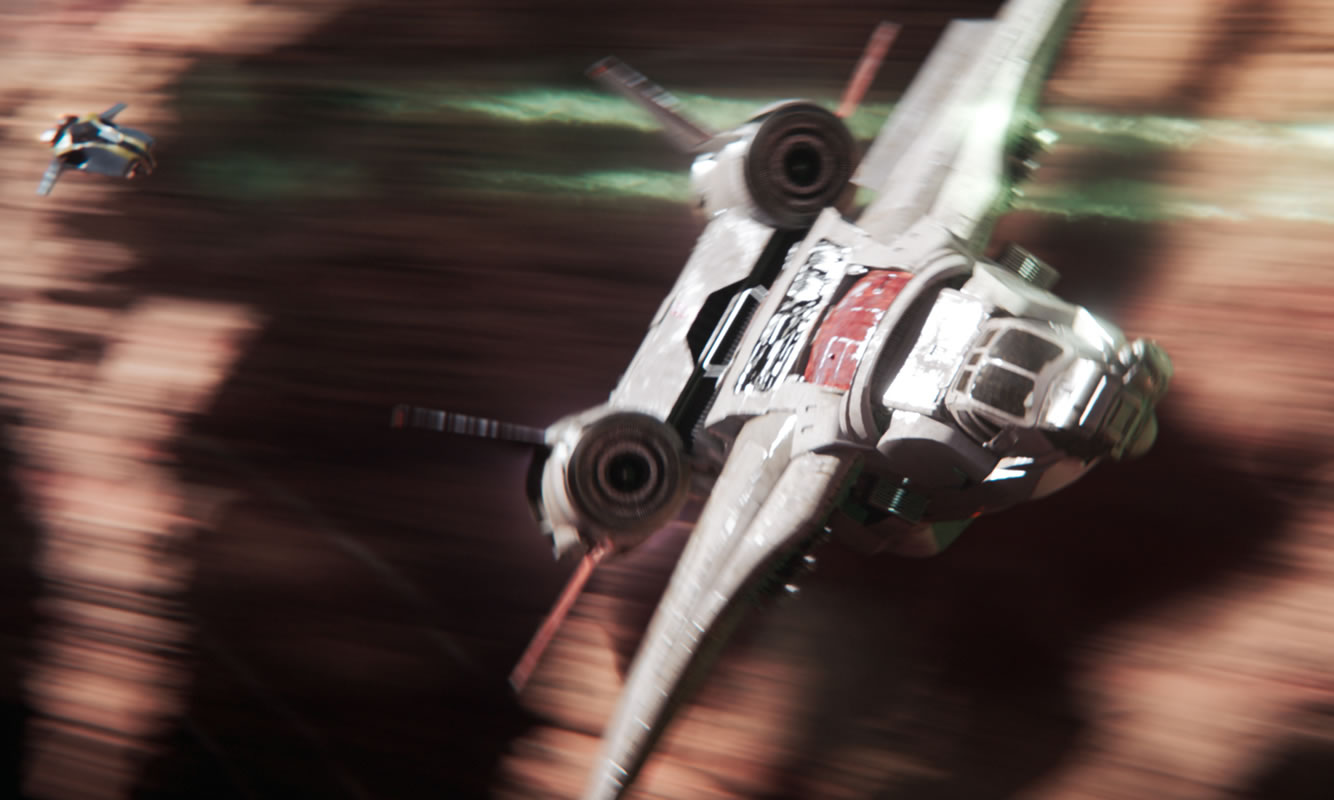PRODUCTION COMPANY: Marvel Studios
Director: Anna Boden, Ryan Fleck
THE SYNOPSIS
Digital Domain VFX supervisor Dave Hodgins led a team of approximately 100 artists to create over 125 shots for Marvel’s “Captain Marvel.” The team was responsible for all of the Skrull transformations, the hangar escape from Mar-Vell’s ship, the environment for canyon chase sequence and cockpit shots.
THE SKRULL TRANSFORMATIONS
To bring the Skrull transformations to life our team aimed for a very natural, but ‘gross’ look and explored several concepts. Our team worked with Nick Lloyd who provided us with some concepts and we created a round of progressions to establish the look. We used high-speed photography of creatures shedding their skin, mushrooms and fungi growing, lobsters moulting and insects sloughing their exoskeletons, squid chromatophores and closeups of what the skin looks like while changing. Because many of the transformation scenes were shot up close, we had to ensure there were extra levels of displacement and textural detail. We started by testing different techniques like using particle effects to transform a generic man and woman from one to the other. As we got plates and models, we then switched and started working on the real shots. The transitions became a three-part process with skin, hair and clothing, making the rendering the most difficult part of the transformations.
CANYON CHASE SEQUENCE
For the all CG canyon chase environment, DFX Supervisor Hanzhi Tang shot HDRs during the same time of day that was needed for the sequence in Death Valley. That served as our base lighting rid for the canyon chase. The team was able to use high-quality animation renders that helped us final shots fairly quickly. We gathered reference of how large jets would fly and realized that some of the crazy maneuvers that were planned for the sequence would be difficult. So we had to bend the rules a bit to maintain the visual balance in trying to make it look exciting with very large vehicles. We inherited a photogrammetry pass from production after they flew a helicopter around the Paria Canyon in Utah and used that to create the base model for our canyon. We extracted a pretty high-res model of the canyon and made a few modifications to create that long v-shaped valley that they’re flying through. We added a stream at the bottom of the canyon as well and our environments department did procedural rock shading finishing with another two levels of detail on top of the scan. The FX department came in and added dust and particles to the scene as they flew along and shot lasers hitting the canyon walls. Additionally, we were able to keep the scene fairly light through instancing using a new procedural scattering system to add millions of trees, plants, bushes, rocks and pebbles to the canyon.




